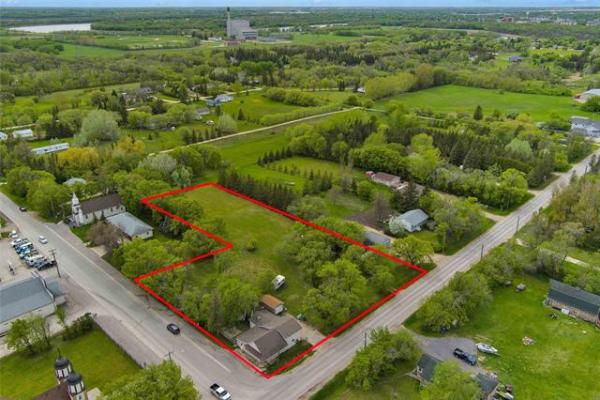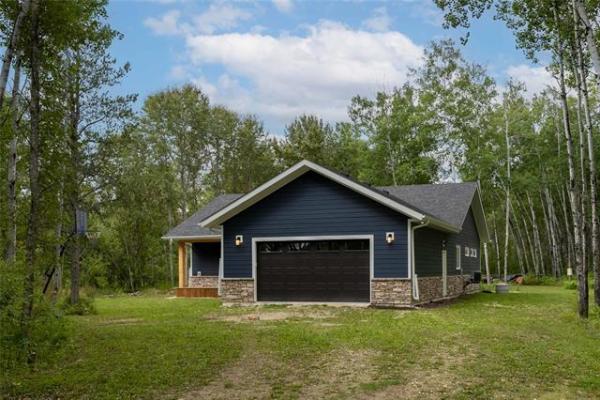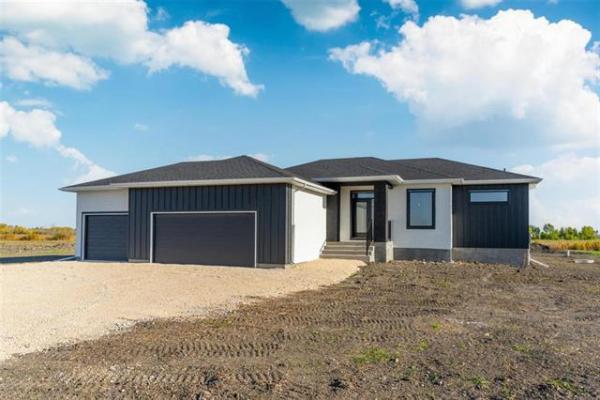Questions: I’m writing you in your capacity as a home inspection expert with a vexing question I hope you can answer. We have hired you in the past to inspect our home, so we have been your clients in the past. I am in the process of building a sauna in the basement of my home and have used an aluminum foil vapour barrier. This product, manufactured by a company called MWS, was ordered online and came in a box with no specs or CGSB certification visible. City building inspectors have refused to sign off on my project because they are apparently unfamiliar with the product. So my question is, does this product, or aluminum foil vapour barrier in general, comply with CGSB standards, and is there a way to prove this to a particularly rule-bound building inspector? If you are able to shed light on this, I would be eternally grateful. I am unable to continue with my project until I resolve it, so many thanks for any advice. Yours truly and with appreciation, Caelum Vatnsdal.
Answer: Proving that your unusual building product meets the intent of the building codes may be possible, if you can get more information. Alternatively, changing the design of the sauna to move it away from an exterior wall may make the requirement for an air/vapour barrier a moot point, and should be an easier solution to your problem.
There may be two solutions for your material compatibility issue, one likely much easier than the first. The first would be to explore more about the foil sheathing you wish to use as the air/vapour barrier. This would likely require fairly exhaustive online research, and even a few phone calls to the distributor or manufacturer to see if you can get any further specs or evidence of laboratory testing. If the product is not made in North America, it may be next to impossible to source that information. If you are able to seek out the manufacturer, they may be able to send you some literature from a reputable testing lab with specs on permeability. If they are similar to the ratings for 6MIL polyethylene, then the building official may be persuaded to allow its use. Otherwise, you may have to use your product in conjunction with the poly, to comply.
Because the sauna does produce significant heat, there are two issues to address when installing it up against an exterior wall in your basement. The first issue will be condensation in the insulated wall cavity inside the foundation. Because of the additional heated air potentially contacting the cold foundation wall, condensation risk is elevated. Because of this, a good air/vapour barrier material inside of the insulation is critical. 6MIL polyethylene sheathing is still the standard material used with conventional batt insulation in this situation. It should do an adequate job of preventing air intrusion into the wall cavity, as long as it is properly sealed around any protrusions, studs, floor joists, and the basement floor. The foil sheathing may not have as low a permeability rating, or may be too easily punctured to provide as good protection.
The other issue with the extra heat from the sauna is possible damage to combustible building materials. If the heat is excessive, it could damage the poly and some sealants over time. This would certainly increase the chances of warm air intrusion into the wall cavity, and the possibility of condensation and moisture damage. I assume that is the reason for your desire to use the foil sheathing, as the reflective properties of the foil may help prevent some radiant heat from entering the exterior wall. Unfortunately, the foil sheathing could have other components that may also be affected by the sauna heat, and may not hold up, even as well as the 6MIL poly. As an alternative, you could talk to the city building official and ask if using both sheathings together, with the foil closest to the sauna wall sheathing, is acceptable. This would not add much additional work or expense, and you would be able to use your online purchased product.
My other suggestion, which may be the simplest to satisfy all parties involved, would be to alter the design of the sauna to prevent the need for an air/vapour barrier, altogether. If the sauna was moved away from the exterior wall, to leave a significant airspace, there would be no need for the poly installation. By not using an exterior insulated wall as one of the sauna walls, there would be no requirement for insulation or an air/vapour barrier. You could still use the reflective foil sheathing and batt insulation, if desired, to keep the heat inside the sauna compartment, without worrying about condensation against the cold foundation wall. There may still be some potential condensation issues on the cooler basement components, but those should be easily solved with better ventilation of the area. That would still be a possibility, even if the sauna was up against the exterior wall, in your current design.
Replacing traditional 6MIL poly air/vapour barrier sheathing with foil sheathing for your new basement sauna may be possible, but would require proof from the manufacturer that it is as good and durable as the poly, which may not be easy to obtain. Moving the sauna away from the exterior wall, and allowing airflow all around the unit, should negate the need for any air/vapour barrier and may be a simpler and more practical solution to your dilemma and allow a quicker completion of your project.
Ari Marantz is the owner of Trained Eye Home Inspection Ltd. and a Registered Home Inspector (RHI)(cahpi.ca). Questions can be emailed to the address below. Ari can be reached at 204-291-5358 or check out his website at trainedeye.ca.
trainedeye@iname.com



